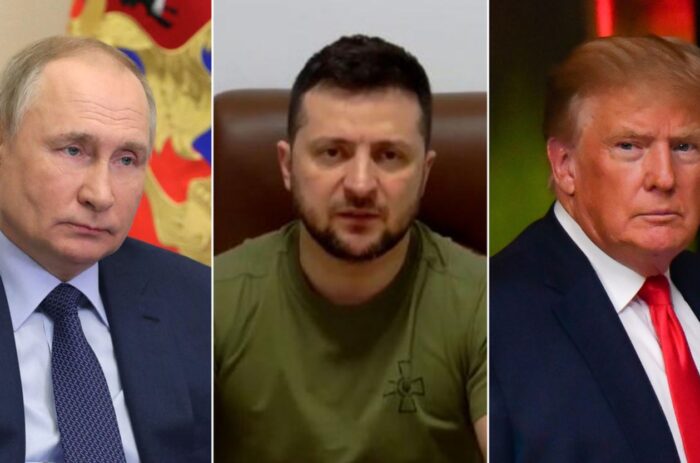redo Jump to...
print Print...
(by Michael A. Walsh, New York Post) – In what may well turn out to be the biggest Washington circus since the Watergate hearings 40 years ago, the House Oversight and Governmental Reform Committee [yesterday] started looking into last fall’s Benghazi fiasco, which took the lives of Ambassador Chris Stevens and three other brave Americans.
For more than half a year, the truth about the Islamist assault on our Benghazi diplomatic and spook compounds has dripped out, thanks to whistleblower leaks and work by a handful of enterprising reporters.
Team Obama long ago admitted that – contrary to its initial assertions – the deadly attacks (which came in two waves and lasted 10 hours) were not caused by an obscure YouTube video [about Islam’s prophet Mohammed], or a bunch of guys out for a walk one night who spontaneously decided to kill some Americans, but by al Qaeda.
We know that Stevens and others in the Benghazi mission repeatedly requested increased security from Hillary Clinton’s State Department – but in fact got less security, which was largely [handed over to] local militias, who ran at the first sign of trouble.
And we know that military assets that were prepared to mount a rescue were told by someone in high authority to stand down – an order that may have been disobeyed by a handful of military and intelligence special opertives who managed to get from Tripoli to Benghazi and help save many lives.
But there’s a lot else we don’t know – and that’s what Rep. Darrell Issa (R-Calif.) and his committee need to discover if future outrages are to be prevented. Based on new revelations and Beltway scuttlebutt, here are some of the key questions:
- On the day of the attack, where was President Obama? With diplomats in mortal peril from what the CIA almost immediately identified as al Qaeda affiliates, the chain of command began with him. Yet Obama vanishes from the official narrative shortly after the attacks began mid-afternoon Eastern time.
- Why did Secretary Clinton cut State’s own counter-terrorism bureau out of the loop during the attacks, as whistleblower Mark Thompson – State’s deputy coordinator for operations – reportedly will testify?
- Where was the elite “In-Extremis Force”? One is attached to each element of the Defense Department’s international command structures; these rapid-response special-ops units are designed precisely to deal with such crises.
- Who gave the order for military assets to stand down and why? Gregory Hicks, Stevens’ deputy in Libya who was in Tripoli at the time of the attacks, [testified Wednesday] that a team was ready to launch from Tripoli when it got the order from Special Operations Command Africa to abort.
- Even if a strike force couldn’t reach Benghazi in time to save Stevens and information officer Sean Smith at the mission, why weren’t military aircraft sent? They very likely would’ve scared the attackers away from their later mortar attack on the CIA annex, where contract agents Glen Doherty and Tyrone Woods were killed.
- Why, in the aftermath, did the White House and the State Department – and not, as previously claimed, the Intelligence Community – edit talking points to claim that the video was the cause of the attack? Was it to protect Obama’s campaign narrative that al Qaeda was “on the run,” and/or Hillary’s future political viability?
- Why did UN Ambassador Susan Rice go on the Sunday talk shows with the bogus story, directly contradicting the LibyaN president, who blamed al Qaeda? The FBI normally would have been on the scene within hours; is her blunder why it was kept away from the crime scene for weeks?
- Finally, where are the Benghazi survivors and why have they not been made available to the press? Who at State has been threatening the whistleblowers with reprisals?
Published May 7, 2013 at The New York Post. Reprinted here May 9, 2013 for educational purposes only.

